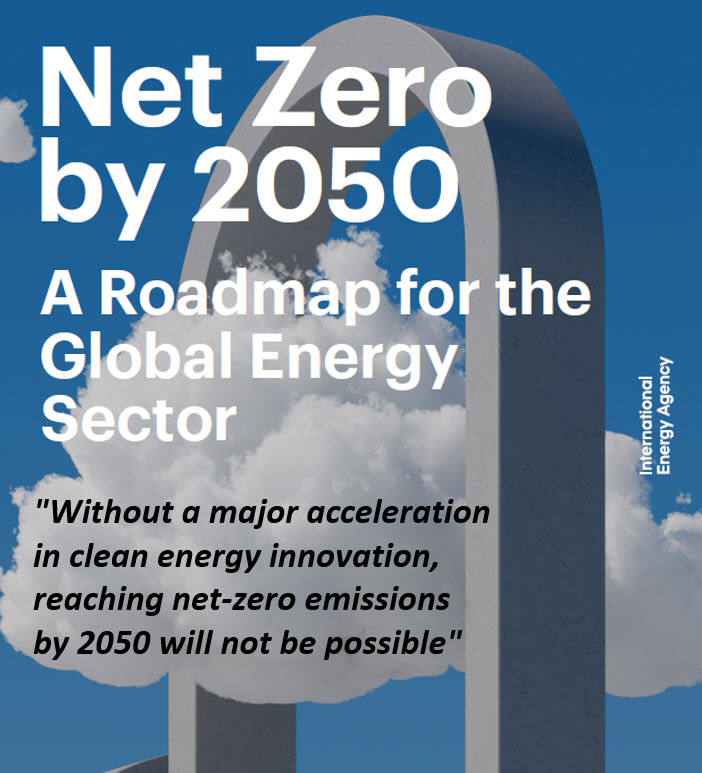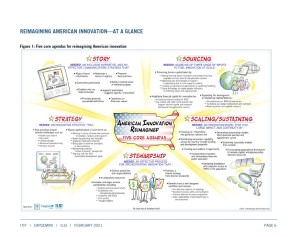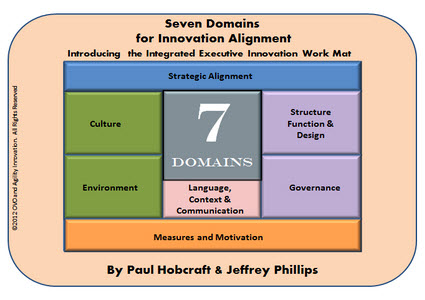![]()
I have just finished the second of a planned series with one of my favourite long-term collaborators Jeffrey Phillips.
The link to this conversation is here, it is just over 15 minutes long. as a conversation between us, where we emphasise the important linkage between innovation and strategy. You might believe this is a no-brainer but you would be really surprised that this ‘tight’ linkage is often lacking.
Our first conversation called the Fundamental building blocks for innovation success (13 minutes), links here, introduces the series and the areas of our focus. I wrote a post supporting this “Getting back to the future about innovation”
All of these short conversations are drawing out the value of having an integrated approach through the Executive Innovation Work Mat, our central theme of the series and solution to integrating innovation.
In this latest conversation, Jeffrey and I argue most problems or disappointment with many innovation efforts within a business can be attributed to a lack of alignment to the organization’s strategy, resulting in poor growth and impact from innovations contribution.
We need to resolve that issue within any innovation activity, it needs a “tight” linkage to strategy. Continue reading “Innovations linkages to Strategy is vitally important”







